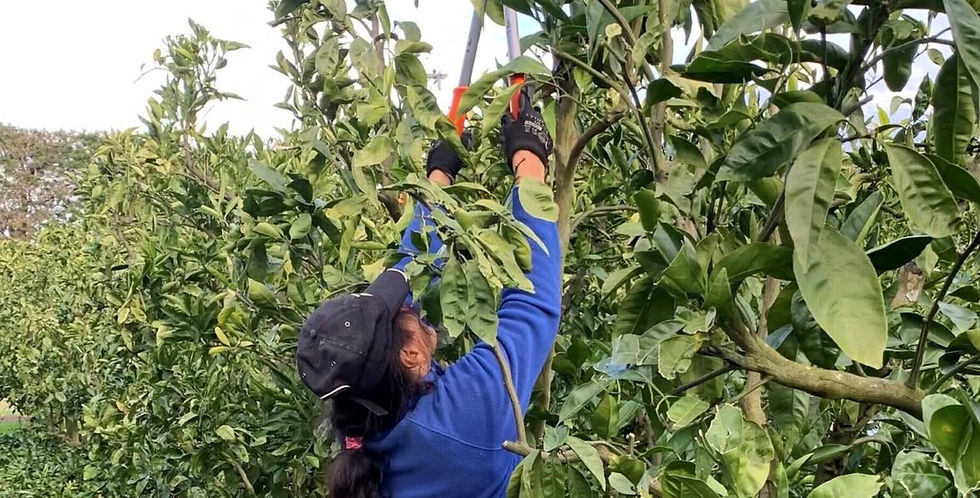I-Kiribati Women Lead the Pacific in Seasonal Work Opportunities in New Zealand
- Tarataake Angiraoi
- May 8
- 2 min read

By [Tarataake Angiraoi] Date: May 8, 2025
Wellington, New Zealand – Women from Kiribati have emerged as leaders in New Zealand’s Recognised Seasonal Employer (RSE) scheme, with data indicating that 32.5% of I-Kiribati participants since 2007 are women—the highest female participation rate among all Pacific nations involved.
As of the 2019/20 financial year, 289 I-Kiribati workers were employed under the RSE scheme, with 106 women and 200 men. Notably, 73.4% of these workers were returning participants, highlighting a strong retention rate. Most of these workers were aged between 30 and 39 years, a prime age group for individuals with young families.
The annual recruitment of I-Kiribati workers has varied over the years. In the 2019/20 financial year, 303 RSE work visas were approved for I-Kiribati nationals, with 114 women and 189 men. Historically, the number of new recruits has fluctuated, with the largest number of new recruits being 88 in the 2010/11 season, which included 50 women and 38 men.
Despite the high participation rate, the overall number of I-Kiribati workers in the RSE scheme remains relatively small compared to other Pacific nations. For instance, Tonga, with a similar population size, has approximately 2,000 workers participating annually.
Efforts are ongoing to increase the number of I-Kiribati workers in the scheme. In 2019, the Kiribati parliament unanimously voted to increase participation in the RSE scheme.
Immigration New Zealand has advised Kiribati to build on relationships with existing Recognised Seasonal Employers and to market the success of their current workers to new employers
The RSE scheme provides valuable opportunities for I-Kiribati women to gain international work experience, contribute to family income, and invest in education or small businesses back home.
As other Pacific nations look to improve women's participation in the RSE scheme, Kiribati's example may serve as a model—one that demonstrates how targeted recruitment and evolving community attitudes can lead to increased gender inclusion in labour mobility.









Comments